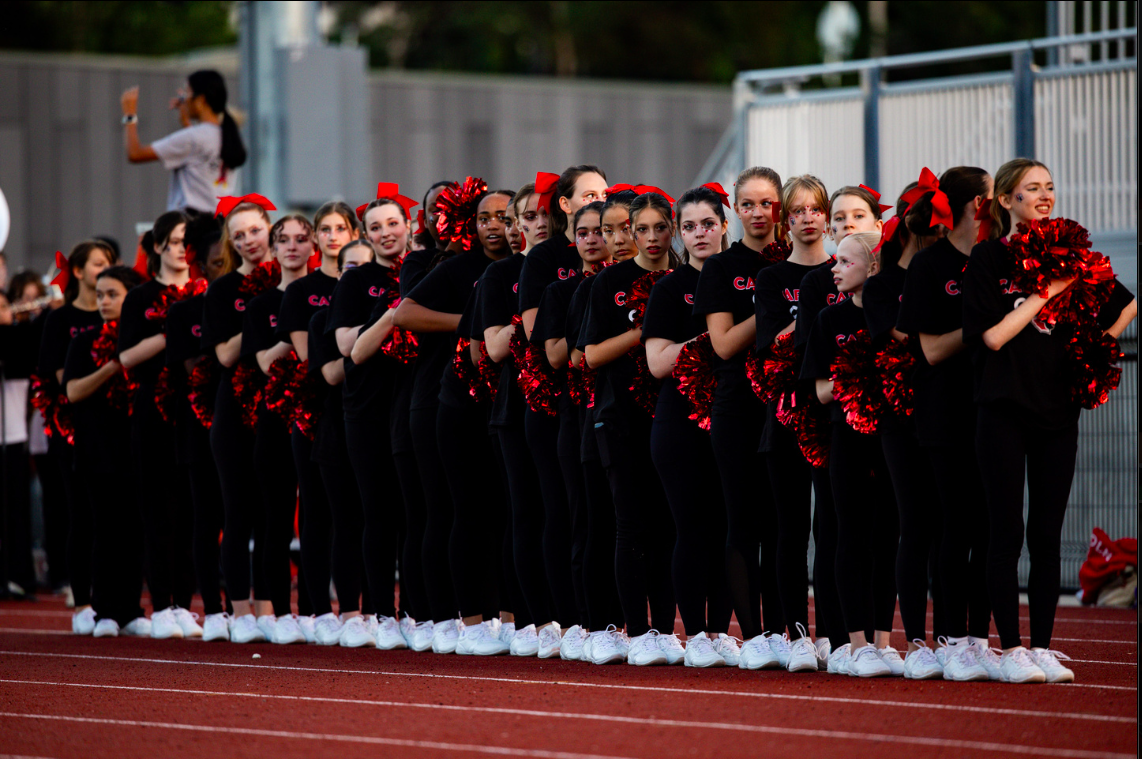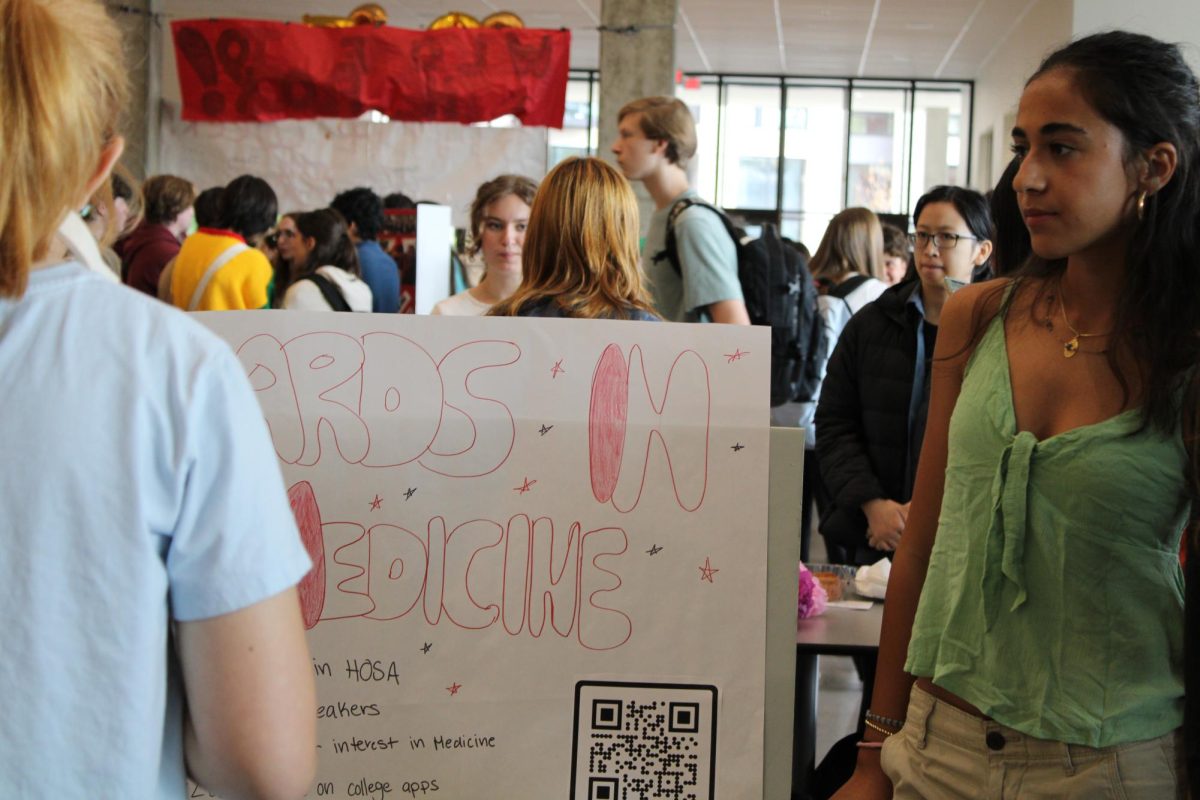Mulan criticism continues; Lincoln students respond
Disney’s live-action remake of Mulan, released earlier this year, continues to draw criticism for several reasons.
October 2, 2020
With Disney’s live-action remakes of their animated movies becoming increasingly popular over the years, the release of the live-action film “Mulan” was highly anticipated. When the release was delayed due to COVID-19, the anticipation only increased.
“Mulan” was met with controversy, however, after its release in mainland China. Lead actress Yifei Liu came under fire after she revealed on Weibo, a popular Chinese social media app, that she disagrees with the pro-democracy demonstrators that were protesting the Hong Kong police.
Since the spring of 2019, Hong Kong police have “routinely used batons, pepper spray, rubber bullets and tear gas against protesters,” according to an article in the New York Times. Although Liu received very little backlash from her Chinese audience, people around the world were vocal about their anger with her statements; the hashtag #BoycottMulan trended on social media.
The backlash only increased when it was revealed that part of the movie was filmed in Xinjiang, China, where it’s been alleged that the Chinese government has detained over one million Uighur Muslims in concentration camps. In the film’s credits, Disney gave a special thanks to the Publicity Department of the Communist Party of China Xinjiang Uyghur Autonomy Region Committee.
Christine McCarthy, Disney’s CFO, responded to the backlash.
“[I]t’s common knowledge in the film industry that … you acknowledge in the film’s credits the national and local governments that allow you to film there,” McCarthy said in an interview with the Los Angeles Times. “In our credits, [we] recognized both China as well as locations in New Zealand.”
Another criticism the movie has received is the crew that worked on and created this movie was predominantly white. Costume designer Bina Daigeler told Variety that she “did a lot of research for this movie. [She] went to Europe to all the museums that had a Chinese department and then [she] traveled to China for three weeks to really get deep into it and [she] just soaked up all the Chinese culture, as much as [she could].”
Hiring a non-Asian costume designer who used European museums as references but did not travel to China to do primary research further fueled the backlash.
Members of the Lincoln community expressed their disappointment with Disney’s actions, including senior Kylie Jones.
“Disney could have filmed in any other part of China, but by choosing to film in Xinjiang specifically, they normalize the mass incarceration and genocide of the Uyghur Muslims,” Jones said. “Disney reduced Mulan’s role from a symbol of female strength to one of silence against female oppression.”
Having established a prominent presence in China, Disney was hoping that Mulan would do particularly well in the country. With China as the world’s No.1 box office engine and Disney co-owning the Disneyland Shanghai resort, China plays a crucial role in much of Disney’s success.
Disney, wanting to appease both the Chinese government and those who are protesting, is having to make difficult decisions. Despite the company being outspoken about social issues and supporting campaigns like the Black Lives Matter and #MeToo movements, with so many viewers and dollars at stake, it is still unclear who Disney will side with.
“As an Asian American, I want to see more Asian representation in film,” Jones said, “But not at the cost of supporting police brutality, being complicit in the genocide of Muslim Uyghurs and the misrepresentation of Asian culture through the work of predominantly white film crews.”





